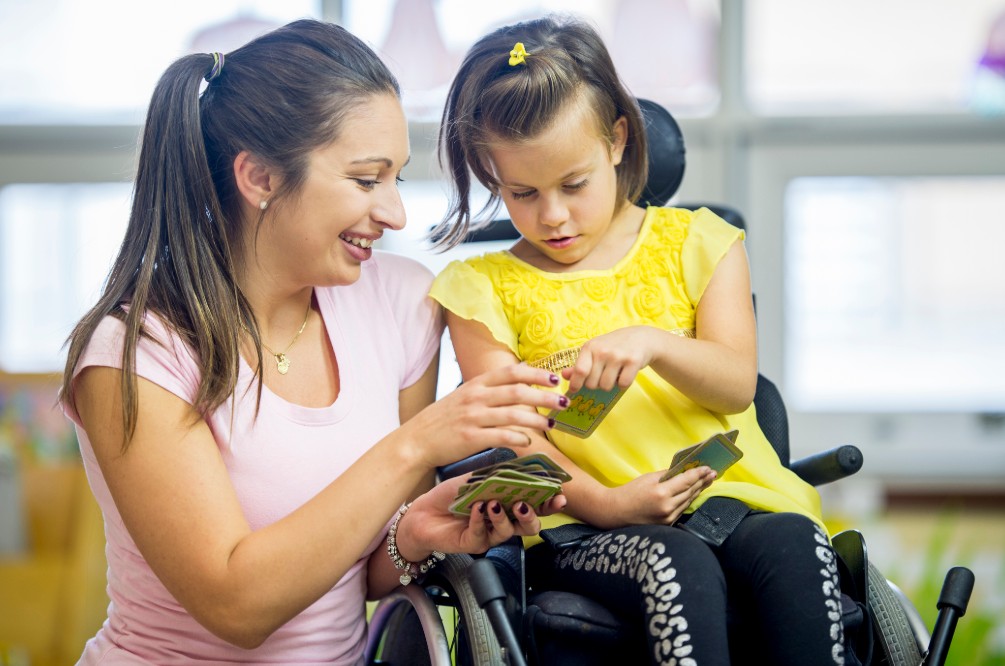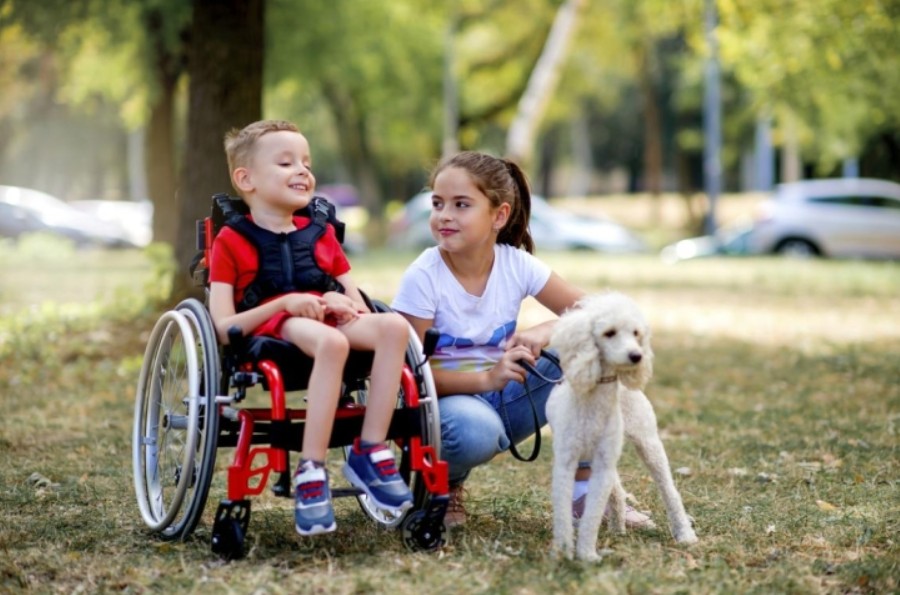Disability Living Allowance (DLA) is one of the most significant forms of financial support available to children in the UK who are living with a disability or long-term health condition. While it’s no longer available for most adults, DLA remains an essential benefit for families raising children under 16 who require additional care or have limited mobility.
In this in-depth guide, we explore who is entitled to Disability Living Allowance, explain the eligibility rules in detail, outline what the benefit covers, and provide practical advice on how to apply.
What Exactly Is Disability Living Allowance (DLA)?
Disability Living Allowance is a non-means-tested, tax-free benefit provided by the Department for Work and Pensions (DWP). It is intended to help with the extra costs associated with caring for a child with a disability, whether that disability is physical, mental, developmental, or behavioural.
Importantly, DLA is not influenced by income or savings, meaning families from any financial background may be entitled to it, provided the child meets the necessary criteria.
DLA is made up of two main components:
- Care Component – for children who need help with personal care or supervision.
- Mobility Component – for children who have difficulty walking or need guidance or supervision outdoors.
A child can be eligible for either or both components, and the amount paid depends on the level of support needed.
Who Is Entitled to Disability Living Allowance?
To be eligible for DLA, the child and their situation must meet several conditions. The child must:
1. Be Under 16 Years of Age
Only children under 16 can make a new claim for DLA. Once they reach their 16th birthday, they will be assessed for Personal Independence Payment (PIP) instead, which is the adult equivalent of DLA.
2. Have a Physical or Mental Health Condition

The child must have a physical disability, mental health condition, learning difficulty, or developmental condition that impacts their ability to care for themselves or move around safely.
This includes, but is not limited to:
- Autism spectrum conditions
- ADHD (Attention Deficit Hyperactivity Disorder)
- Down’s syndrome
- Cerebral palsy
- Epilepsy
- Diabetes (if it requires constant monitoring or support)
- Learning disabilities
- Sensory impairments (hearing loss or visual impairment)
- Behavioural conditions or emotional regulation difficulties
- Mobility issues due to congenital or acquired conditions
A formal diagnosis is not always required, but evidence must clearly show that the child needs more support than a child of the same age without a health condition.
3. Require Substantially More Care or Supervision
This is a key requirement. The child must need significantly more help with daily living or supervision compared to children of the same age.
For example, they may need:
- Frequent help with dressing, eating, bathing, or using the toilet
- Constant reminders or assistance to complete basic tasks
- Night-time supervision due to risk of injury, seizures, or emotional distress
- Support to manage medication or therapeutic equipment
- Help understanding dangers or navigating unfamiliar environments
4. Be Living in the UK With a Right to Reside

To qualify for DLA, the child must be:
- Ordinarily resident in the UK
- Not subject to immigration control
- Living in England, Wales, or Northern Ireland (Scotland now uses the Child Disability Payment system)
Additionally, the child must have been present in the UK for at least 2 of the past 3 years, though there are exceptions for refugees and families with humanitarian protection.
5. Have Long-Term Needs
The child’s condition must have:
- Lasted for at least 3 months, and
- It is expected to continue for at least another 6 months
This rule helps ensure DLA supports children with long-term disabilities or conditions, not short-term illnesses or injuries.
Breakdown of DLA Payment Rates (2025/26)
As of April 2025, Disability Living Allowance (DLA) is paid weekly and is designed to help cover the extra costs of caring for a child with a disability or health condition. The payment amount depends on the level of support the child needs in two categories: Care Component and Mobility Component.
Care Component (Weekly Rates)
-
Highest Rate – £110.40
For children who need help during the day and at night, or have a terminal illness. -
Middle Rate – £73.90
For children who need help during the day. -
Lowest Rate – £29.20
For children who need some help during the day.
Mobility Component (Weekly Rates)
-
Higher Rate – £77.05
For children who have severe physical difficulties and cannot walk, or have very limited ability to walk. -
Lower Rate – £29.20
For children who need guidance or supervision outdoors due to a disability.
Maximum Weekly and Annual Support
If a child qualifies for both the highest rate of the Care Component and the higher rate of the Mobility Component, families could receive:
-
Up to £187.45 per week
This amounts to £749.80 every four weeks or £9,747.40 per year.
This financial support can significantly ease the burden of the additional costs that come with caring for a disabled child, including travel to medical appointments, specialist equipment, and ongoing care needs.
What Happens When the Child Turns 16?
At age 16, children receiving DLA are invited to apply for Personal Independence Payment (PIP). This is a different benefit with its own assessment process, including:
- Completing a new claim form
- Undergoing a face-to-face or telephone assessment
- Providing evidence of how the disability affects daily living and mobility
PIP decisions are often based more on functionality than diagnosis, so it’s important to describe clearly how the condition affects the young person’s independence.
If no PIP claim is made after turning 16, DLA payments will stop.
How to Apply for DLA?

Applications must be made using a paper claim form (DLA1A Child). This can be requested by:
Calling the DLA Helpline at 0800 121 4600
Or visiting a local Jobcentre Plus office
You will need to provide:
- A detailed account of the child’s needs, including specific examples
- Medical or educational evidence, such as letters from GPs, consultants, SENCOs, or therapists
- A description of a typical day, outlining help required at different times
The form can be quite lengthy and time-consuming, so it’s a good idea to get help from organisations like Citizens Advice, Scope, or Contact (a charity for families with disabled children).
What If the Application Is Denied?
It’s not uncommon for initial claims to be refused. However, there are steps you can take:
- Request a Mandatory Reconsideration – This is a formal review of the decision. You must request this within one month of receiving the decision letter.
- Submit an Appeal – If the reconsideration is unsuccessful, you can appeal to an independent tribunal.
Having additional evidence or clarifying the level of support your child needs can make a big difference in a successful appeal.
What Additional Benefits Are Associated with DLA?
Receiving DLA can open the door to other forms of support, such as:
- Carer’s Allowance – For someone who spends 35+ hours a week caring for the child.
- Increased Universal Credit or Child Tax Credit payments.
- Motability Scheme – To lease a car, scooter, or powered wheelchair.
- Blue Badge – For disabled parking privileges.
- Disabled Facilities Grants – For home adaptations like stairlifts or accessible bathrooms.
- Free NHS prescriptions and hospital travel.
In short, DLA is often just the starting point for further help that can significantly ease the burden on families.
In Summary: Why It’s Worth Exploring DLA
Disability Living Allowance remains a vital source of support for children and families navigating the additional challenges of disability. Understanding who is entitled to DLA is the first step toward accessing a range of services that can make life easier and more manageable.
Even if you’re unsure whether your child meets the criteria, it’s worth applying. Many families discover they are eligible for DLA once they fully document their child’s daily needs.

Leave a Reply